As preppers, we all love a good multi-purpose item and when it comes to medical supplies, there are many items that you have just laying around the house that are superstar substitutions for the “real thing”. As a matter of fact, some of these should have a permanent place in your med kit.
Feminine Hygiene Products
{adinserter emp}Oddly enough, pads weren’t originally invented for feminine hygiene; that use was created by nurses after World War I when there was a surplus of them. Originally, they were created as bandages for use on the battlefield. They’re absorbent, sterile and portable. They even come in different sizes!
While we’re on the subject, tampons are good to have on hand, too. Spray a few of them with nasal spray and keep them in a sealed baggie. They’re great for stopping nosebleeds like that. They’re also good for bandaging small wounds or punctures, or for filling the space where a tooth has been pulled or knocked out.
Old (or New) T-Shirts
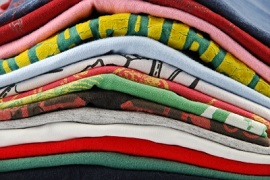
Sheets
Sheets have even more uses than T-shirts! They’re absorbent and can be used as both regular and pressure bandages. They can be used as stretchers or blankets. Tear them to make slings or tie strips of sheets to make tourniquets. You can use them as water filters and gas mask filters, too. Blankets and towels can be used similarly.
Duct Tape
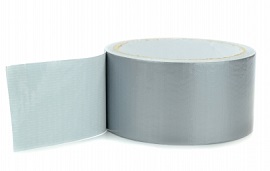
Duct tape has even been shown to get rid of plantar warts. In 85% of the people who participated in a study, the wart disappeared after having a piece of duct tape applied to it every day for about a week.
Epsom Salt
This inexpensive salt is great for many things, including relieving sore muscles, easing the pain of sprains and bruises and making your skin softer. What you may not know is that the magnesium sulfate in Epsom salt is absorbed through your skin and actually sedates the nervous system as well as reduces swelling and draws toxins from the body.
Splinters can cause a major infection, especially if the wood was treated with chemicals. Soak the area with the splinter in a warm Epsom salt bath and it will draw the splinter out.
Popsicle Sticks, Yard Sticks, Rulers and Broom Sticks
All of these are useful as splints depending upon the body part that’s broken. Broom sticks can also be used to fashion a stretcher and a Popsicle stick works well as a tourniquet handle.
Strainers
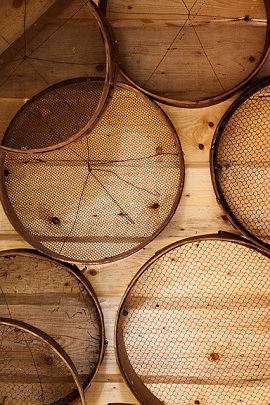
Elmer’s Glue or Shoe Goo
Both are great for removing splinters. Just smear a dab over the splinter, let it dry, then gently pull it off. The splinter will come with it. This only works if the end of the splinter is sticking out a little bit.
Super Glue
If you can’t get to the ER and you don’t know how to do your own stitching (or just don’t fancy the idea of sewing yourself up!) dab a bit of superglue on the clean, dry cut and squeeze the wound together. Hold for a few seconds just like you would if you were gluing anything else together.
Credit Cards
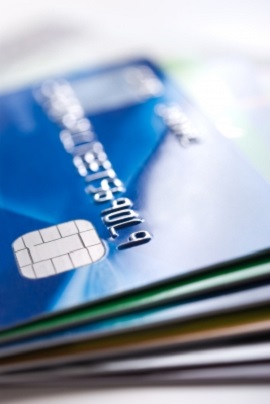
Potato Chip Bags, Baggies, Plastic Wrap or Garbage Bags
Use these to seal sucking chest wounds or to cover bandages to keep them dry. If you have a burn and don’t want the bandage to stick to it, cover it with one of the above after cleaning it and applying medications.
Rubbing Alcohol
Though it stings, alcohol is a fabulous antiseptic. Use it to clean wounds or to sterilize equipment before use.
Hydrogen Peroxide
Your body actually makes hydrogen peroxide to fight infection so it’s only logical that you use it to clean wounds. It also stops slow bleeds coming from small vessels. It’s also good to use as a wash on infected tissue or tissue that you have to debride. It works to clear dead tissue and will also do damage to live tissue if you leave it on for too long so don’t soak for more than a few minutes.
Tube Socks or Stockings
These are great for holding bandages in place. To prepare them in advance, roll them over a soda bottle so that they stretch, then roll them off in a doughnut shape. Store them that way, then all you have to do is roll it up over the bandage. Cut the foot off if you’d like.
Your Own Hair
Scalp wounds, even small ones, bleed like crazy. If you go to the hospital to get it cleaned and stitched, they’ll likely shave that spot so that bandages will stick. If you can’t get to the hospital, you still need to stop the bleeding and close the wound. Clean it and use the hair on either side of the wound to close the gash. Tie the strands together to pull the wound together, then dab a bit of superglue on the knot to hold it.
Bleach
Household bleach at a 10:1 water to bleach solution kills just about every nasty bug including hepatitis, HIV and Staphylococcus. Use it to sterilize equipment, kill foul odors such as rotting flesh or infection, and to sterilize an area if you need to operate. Clean the area with it after the emergency is over to kill any infectious disease or bug left behind by the patient.
You’re surrounded by average household items to use in a medical emergency; it’s just a matter of thinking outside the box in order to come up with a solution. In order to live through any SHTF situation, you’re going to have to learn to think like a survivor if you don’t already.
Look around your house and use your imagination to come up with cool (but realistic) uses of the things that you work with every day! First, though, click through to Household Items to Use in a Medical Emergency Part II. We’ll be talking about food and drink products that can be used for medical purposes.
This article has been written by Theresa Crouse for Survivopedia.
Disclaimer: The opinions voiced by Theresa Crouse, are her own and are not meant to take the place of seeking medical help from your healthcare provider. The practice of medicine without a license is illegal and punishable by law. Seek modern and standard medical care whenever and wherever it is available.


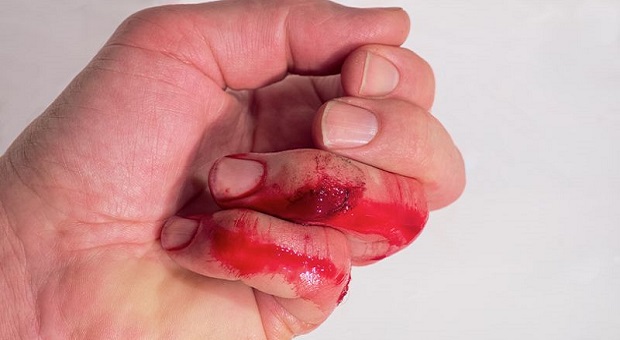
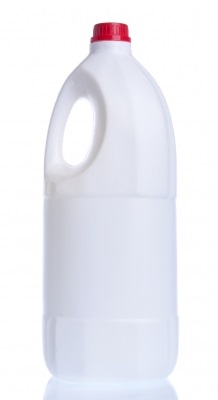


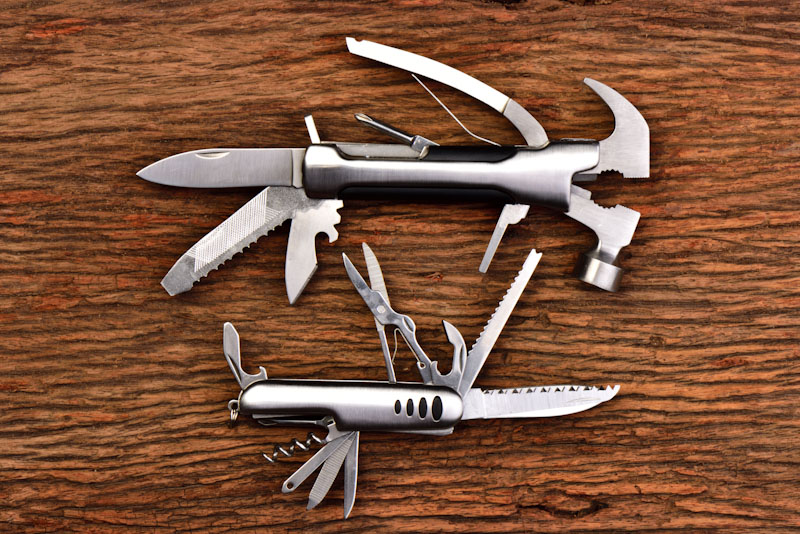
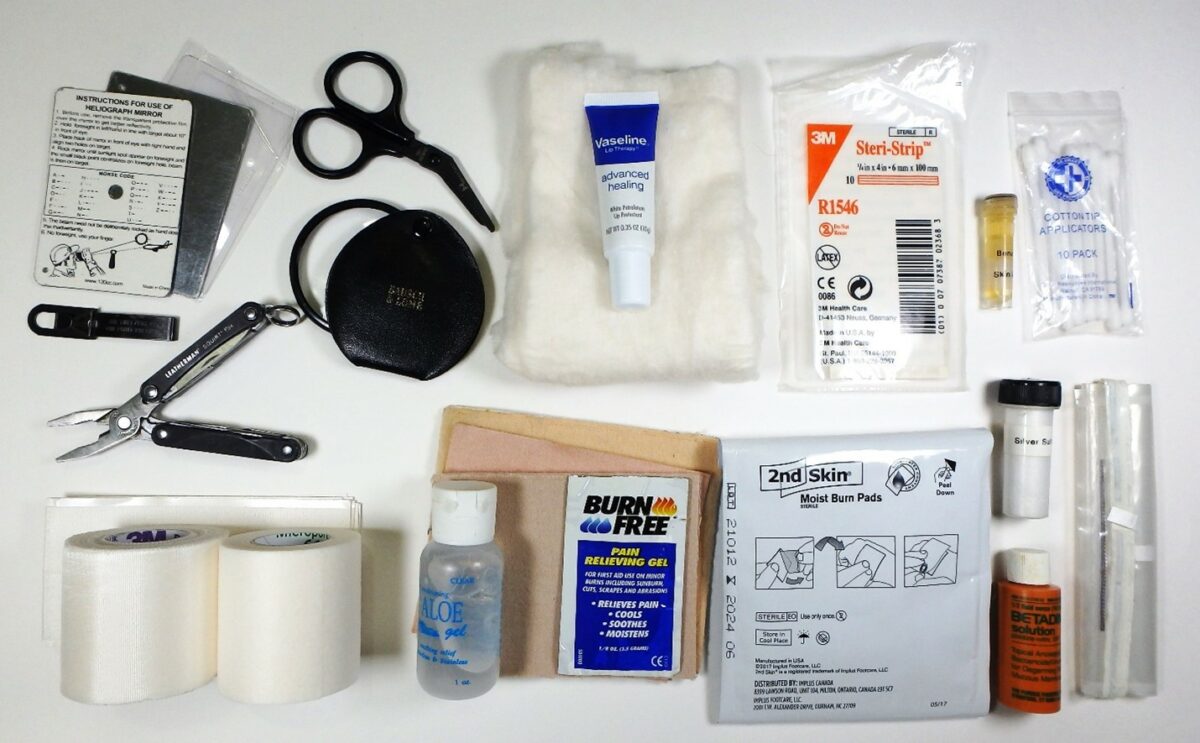

Pingback:Household Items To Use In A Medical Emergency – Part I | Survivalist Basics | Be Prepared For Anything! | December 10, 2014
|
Jane Nowlin | December 10, 2014
|
Guys I am as interested as anyone is about some of the items on this site. And I would be happy to listen to a SHORT pitch in an effort to get me on board and buy something I need. But the endless and verbose repetition of the same stuff for over 20 minutes is just not necessary. In fact it is a turn off so big that I just stop listening. If it is not valuable enough that it can be described without the ENDLESS commentary then I don’t need it or want it.
admin | December 10, 2014
|
Jane, try to leave the product page while the video is running. A pop up window will appear, then choose “stay on page” option. A text version of the message will appear, and you can save it or print it for later use.
Pingback:Common Items To Use For Medical Crisis (II) | Survival skills, survival guns, survival guide | December 18, 2014
|
Pingback:Common Items To Use For Medical Crisis (II) | The Prepper Dome | December 18, 2014
|
Pingback:How To DIY $100 Expedient Bug Out Medical Bag | Survival skills, survival guns, survival guide | June 19, 2015
|
Pingback:How To DIY $100 Expedient Medical BOBdisasterdefense.usdisasterdefense.us | disasterdefense.us | June 19, 2015
|
Pingback:Don’t Be Ashamed To Buy These Hygiene Items For Survival | Survival skills, survival guns, survival guide | August 3, 2015
|
Pingback:Don’t Be Ashamed To Buy These Items For Survivaldisasterdefense.usdisasterdefense.us | disasterdefense.us | August 3, 2015
|
Pingback:SURVIVALISTS BLOG | Household Items To Use In A Medical Emergency – Part I | Survival … | August 4, 2015
|
Pingback:SURVIVALISTS BLOG | Household Items To Use In A Medical Emergency – Part I | Survival … | August 9, 2015
|
Pingback:DIY Bleach That’s Safe To Try At Home | September 12, 2015
|
Pingback:Survivalism & Prepping | Household Items To Use In A Medical Emergency – Part I | Survival … | November 8, 2015
|
Pingback:Top 10 Types Of Meds You Need To Stockpiledisasterdefense.us | disasterdefense.us | November 23, 2015
|
Pingback:SURVIVALISTS BLOG | Household Items To Use In A Medical Emergency – Part I … | December 16, 2015
|
Hannah Ladd | December 1, 2016
|
Ummm I would rather not use my hair to tie my skin shut